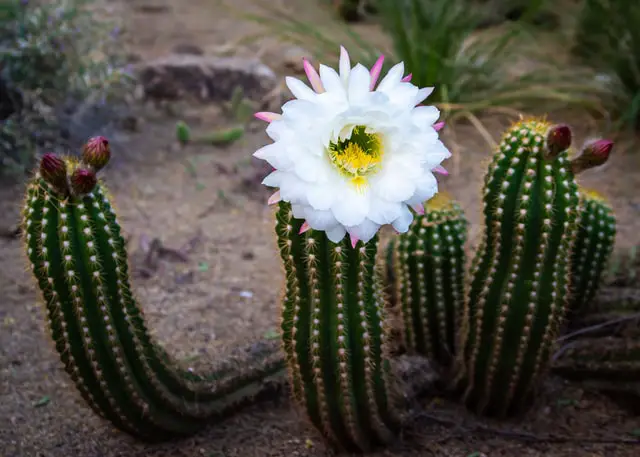If you have a home garden, it’s always good to have plants that thrive throughout different seasons. However, this might seem impossible if you are in an area with less than the ideal climatic conditions. Extreme heat, drought, or too much cold can affect plant growth.
Luckily, several plants can withstand even the harshest climatic conditions. By trying out any of these solutions, even in harsh climatic conditions, you can improve the appearance of your landscapes. Read on to learn more.
Best Plants for Cold Climates
You can still have a beautiful garden despite the freezing temperatures during winter. Here are plants that can thrive in the chilly winter and keep your garden beautiful.
Catmint
Catmint is the perfect alternative for lavender during the cold climate. The stunning purplecolors coupled with the catmint’s fragrant nature makes your garden appealing. This plant is resilient and tolerates poor soil conditions.
Wintergreen Boxwood
This plant brings out a beautiful appearance while placed in a snow blanket. The wintergreen boxwood is very popular in many gardens during the cold season due to its versatility, so you can also use it as a hedge. All you need to do is provide adequate mulch due to its shallow roots.
Coneflower
Coneflower can grow almost anywhere, and most varieties are hardy to zone 3-9. Plant this rugged Tennessee wildflower where there is full sunlight. Once the wildflower goes dormant, cut the stems and stabilize it with about three inches of mulch to help it bounce back the following season.
How to Garden in Dry Climates
During the dry seasons, you can utilize various simple strategies to ensure that your plants thrive, including:
Water and Plant Wisely
In dry conditions, water your plants early in the morning to minimize moisture loss. You can use drip irrigation to minimize water loss. Also, stick with plants resilient to dry climates since young or new plants need more water to survive in these conditions. Some pants that can thrive in dry conditions include sunflower, lantana, juniper, tickseed, zinnia, and more.
Companion Planting
Companion planting is the practice of grouping plants for mutual benefit. A good example of companion planting is the Native American crops, where you plant beans, corn, and squash together. The cornstalks avail crucial support for the beans, while beans return nitrogen to the soil, and squash acts as mulch.
Utilize Enclosed Spaces
Having plants in enclosed spaces such as raised garden beds helps to retain water than gardens in open soils. You can plants seeds in a hexagonal pattern instead of the usual straight rows. Planting in this pattern helps group plants closer together, which avails more shade from the leaves, thereby reducing evaporation and keeping soils cool.
Tips for Gardening in Extreme Heat
If you live in areas where summers can exceed 90 or even 100 degrees, the heat can be stressful to your plants. Extreme heat can make plants go dormant or stop them from setting any fruit.
Here are vital gardening tips worth considering in hot seasons:
Keep Plants Well-Watered
Make sure you water your plants deeply to a minimum of about six inches. Do this at least twice a week for sandy soils and weekly for clay soils. In other cases, you may need to water the plants daily, so ensure that you check the soil moisture level by digging six-inch-deep using a trowel. With time, you will know the ideal amount of water that your garden needs during extreme heat conditions. Note that high winds also increase water demand.
Give Your Garden Some Shade
Giving your plants some shade during extreme heat conditions can reduce the temperatures by about 10 degrees Fahrenheit. You can use snow-fence, shade cloth or even curtains and old sheets to cover the plants. Ensure that the materials you use are high above the plants to allow for ventilation and are well-secured due to the high winds.
Cover Soil with Organic Mulch
Using 2-4″ of organic mulch such as grass cuttings, straw, or shredded leaves prevents soil from drying quickly. However, don’t use thick mulch layers as they will prevent rainfall from reaching the soil underneath because mulch also absorbs water.
Bottom Line
Despite the harsh climatic conditions, you can still have thriving plants in your garden. As discussed in this piece, you can utilize different tips in your garden or go for resilient plants adaptive to specific seasons. This way, you will always have a beautiful and appealing garden all year long.





